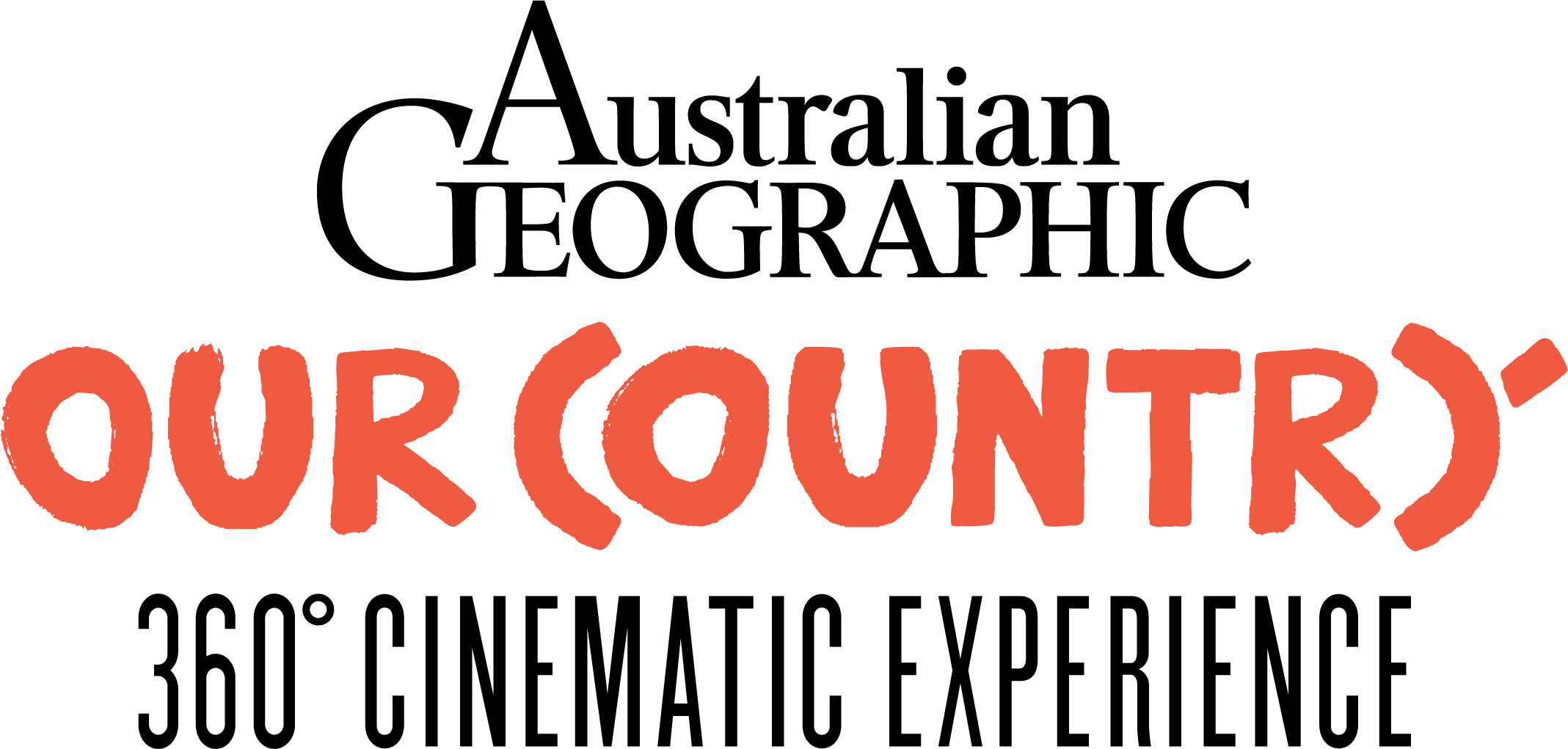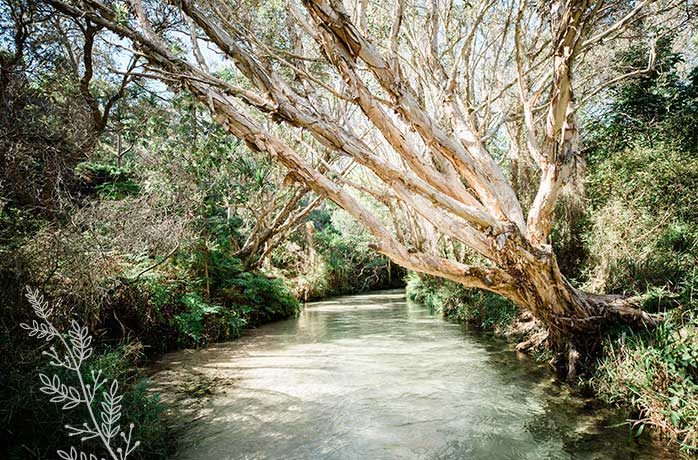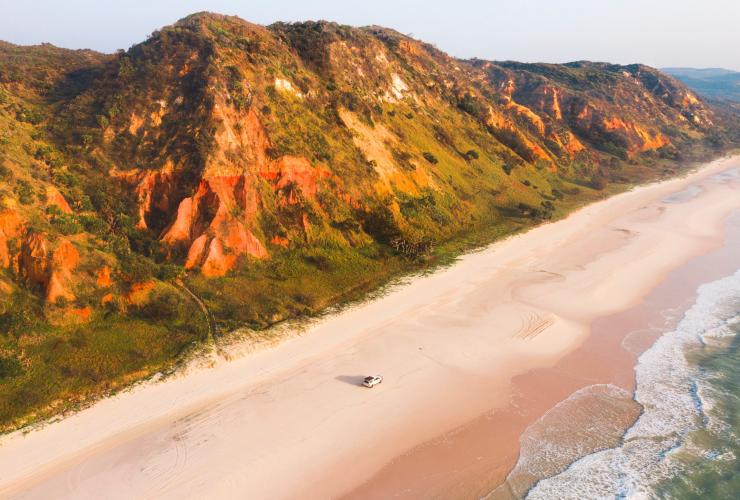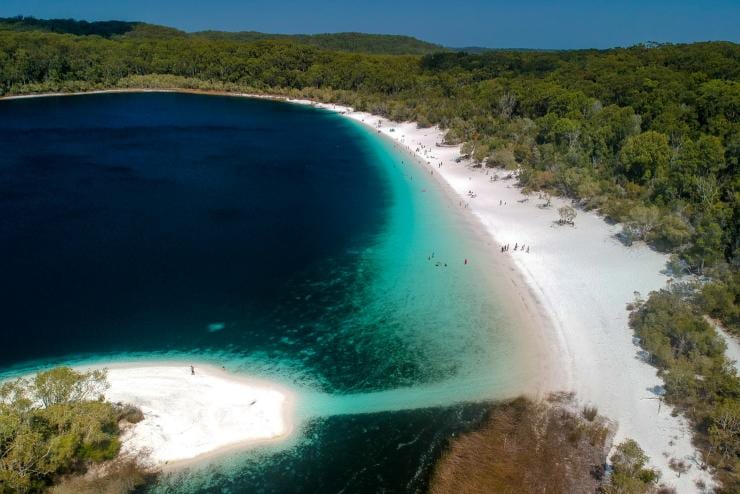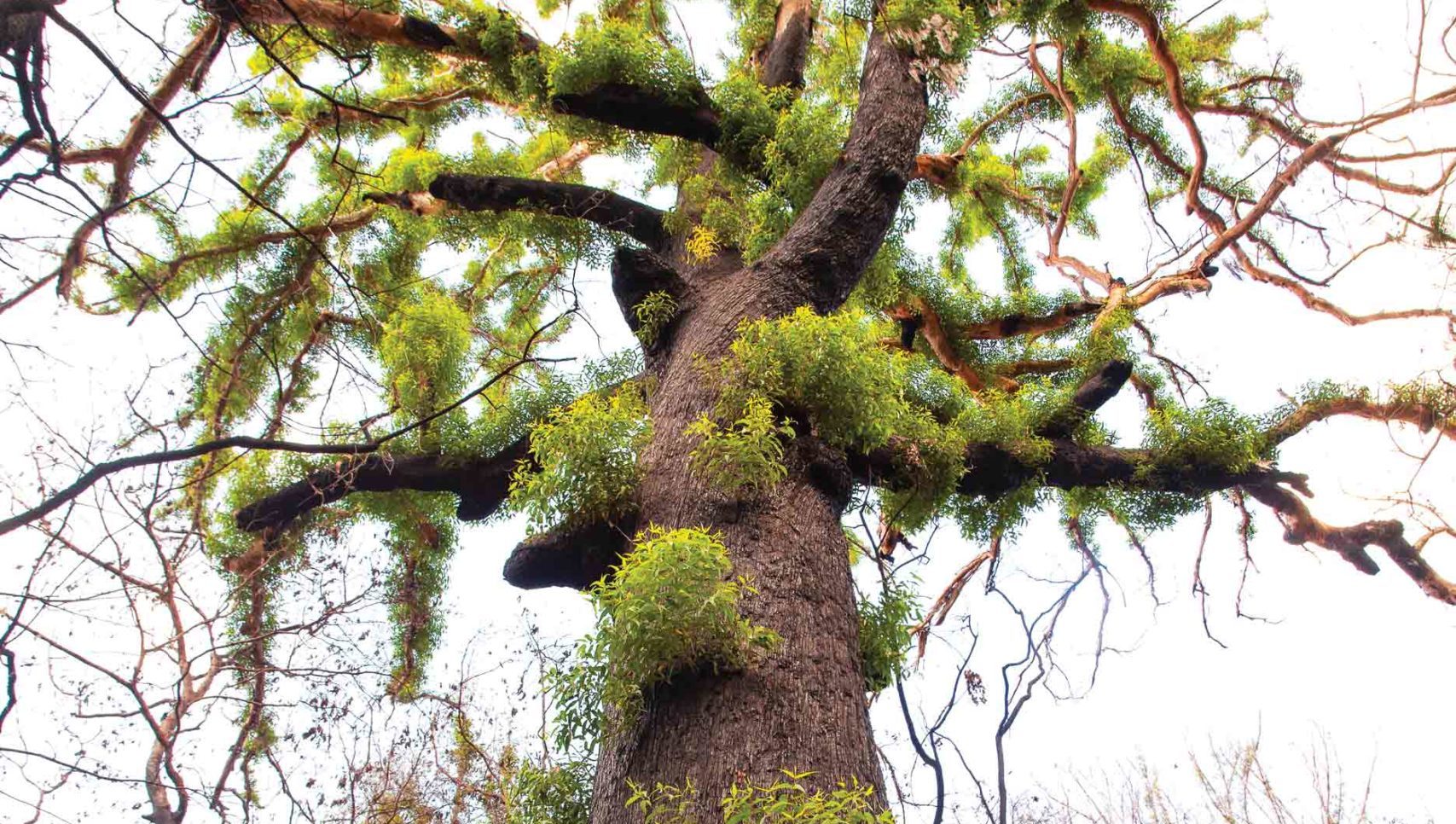
Travel Fraser Island – Emerging from the Ashes
Walking up the sliver of beach towards Sandy Cape (Woakoh) is like stepping back in time, to the start of the world. Here on the northern tip of K’gari (Fraser Island) – K’gari is the Butchulla people’s word for paradise – endangered loggerhead turtles swim in the shallows. Massive wind-sculpted dunes, unsullied by footprints, overlook the ocean. Long-dead forests lie interred by sand, trees stretching their bleached limbs to the sky.
Located off Queensland’s south-east coast, about 250km north of Brisbane by road, the 123km-long island is the world’s largest sand island. Home to vast stretches of rugged, untamed wilderness, it’s a popular camping and hiking destination.
On 14 October 2020, a group of mates were chatting around a small fire they’d lit in the Duling camp zone, not far south of Sandy Cape, on the island’s sweeping east coast. When they retired for the night, one of them poured sand over the dying flames. The group left early the next morning, unaware an ember had escaped into the surrounding woodland. In the following weeks, fire spread across K’gari, forcing Queensland Parks and Wildlife Service (QPWS rangers to close camping grounds, roads and properties. On 27 November, the Queensland Fire and Emergency Service (QFES) took over management of the fire from
QPWS. And at 5pm that day, they banned barges from bringing new visitors.
By early December, fire was burning near the west coast’s Kingfisher Bay Resort, which receives up to 145,000 guests each year. As the resort’s remaining guests and all but seven staff were evacuated, to be replaced by some 60 firefighters, the scene resembled a war zone. The resort’s general manager, David Hay, remembers the sky filling with billowing smoke and water-bombing planes.
“After 20 years on the island, I’ve never seen the place like it,” he says.
Just before Christmas, police charged four of the five campers who sparked the blaze with unlawfully lighting a fire. The campers later pleaded guilty, were convicted and fined. But a handful of residents on the island told me they believed these men had been “scapegoated”. While the campers might have lit the match, they hadn’t contributed to the build-up of fuel loads caused by a lack of prescribed burning, and they weren’t the ones
who’d adopted a “let it burn” approach when the fire first took hold.
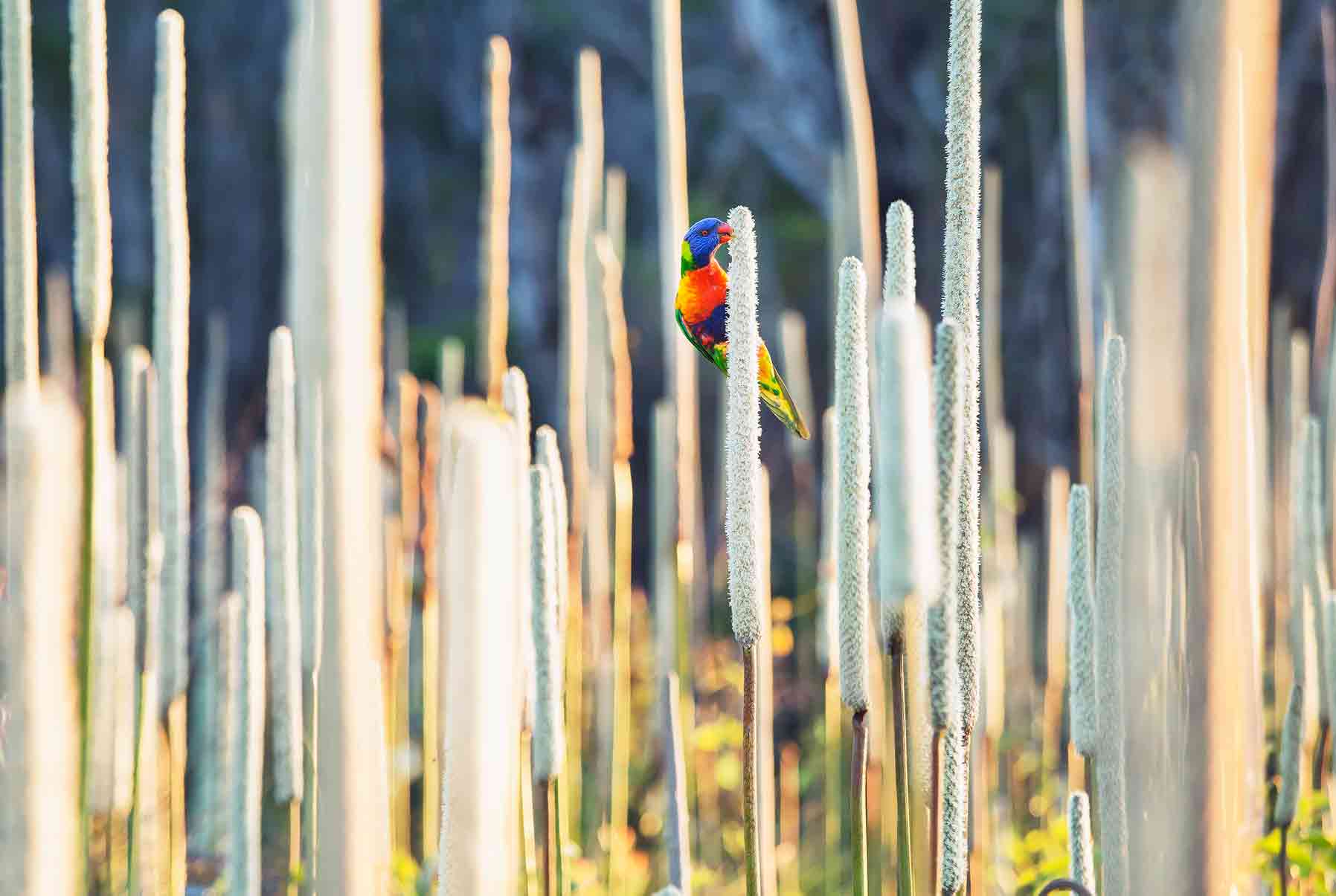
Within three weeks of the fires’ end, fresh vegetation had begun to resprout amid the charred branches and ash-dusted sand.
By March, when I visited for the second time after the fires, I saw delicate fronds of bracken fern unfurling; bright-green shoots erupting from the centres of burnt grass trees; and feathery epicormic growths bursting from hidden buds, stretching along the branches and trunks of scorched wallum banksia.
Elsewhere, fledgling stems and leaves were appearing at the bases of blackened snappy gums, thanks to underground lignotubers. Four months after the fires, Grahame Applegate, an associate professor in the Tropical Forests and People Research Centre at the University of the Sunshine Coast (USC), recorded wallum banksia seedlings emerging after their pods had burst open in response to heat, throwing seeds into sterilised ash beds where they sprouted with little competition for light or threat of pathogens.
This transformation highlights that much of the island’s vegetation is pyrophytic, meaning it isn’t just adapted to fire, but needs it to regenerate. Grahame says there is a history of fires on the island due to both anthropogenic causes and lightning strikes.
Grahame notes that some of the island’s fire-adapted species are actually becoming inconspicuous in the absence of regular burns. “We’re losing numbers of some species, like Christmas bells and a ground orchid once abundant [on the island],” he says.
Rhonda Melzer, a QPWS ecologist, says regeneration can occur in fire-adapted communities within a few days, particularly following rain.
“Seeing so many things already flowering and resprouting – they’re such remarkable ecosystems, and so adapted to their environment,” she says.
The biodiversity of K’gari also extends to its fauna, with an estimated 622 different species, including more than 71 mammals, 379 birds, and 17 frogs. Acoustic sensors and trail cameras have been deployed to evaluate the status and recovery of native animals. Surveys by rangers have not indicated major impacts on the island’s fauna.
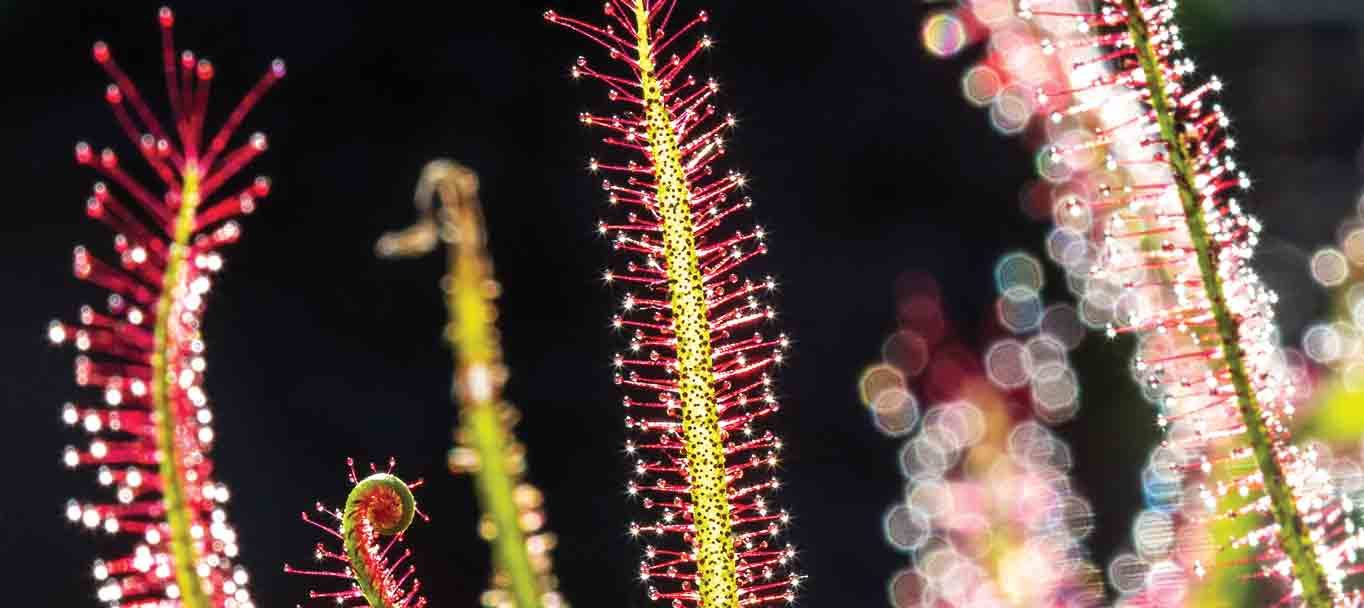
A forked sundew at Poyungan Creek near Valley of the Giants.
Rhonda’s team reported sighting threatened frog species in burnt sedgelands, a pair of black-breasted button-quails amid scorched woodland, and crayfish endemic to coastal south-eastern Queensland in fire-affected areas.
Professor Jennifer Firn, a plant ecologist with the Queensland University of Technology (QUT) who specialises in restoration ecology, says the post-fire flush of new growth and recent rains had also attracted more insects to the island. “We need to see fire as that trickling water that goes across the landscape, breathes new life, and starts the successional dynamics again,” she says. In the aftermath of the fires, some questioned the fate of the island’s estimated 200-strong protected dingo population. A group searching the island for survivors sighted only one, known as Yellow Tag – so named because of a tag affixed to its ear that signifies the animal has a history or likelihood of problematic behaviour.
In March, I spotted two dingoes – Yellow Tag at her favoured Eli Creek location and a young untagged male just north of The Pinnacles. But there was evidence of others. Early one morning near Yidney Rocks, we followed dingo tracks so fresh I could visualise their owner patrolling its territory, sniffing the air and surveying the beach from its vantage point high on the ridge.
Wildlife researcher Dr Ben Allen, who did a review of the state government’s Fraser Island Dingo Conservation and Risk Management Strategy in 2013, says people’s concerns about the survival of the island’s dingoes are probably misplaced. He points out that highly mobile generalist predators such as dingoes “do alright” in the face of fires compared with other species. He says the fires occurred at a time when the annual cohort of young dingoes would have naturally begun to disperse and establish their own territories. “Skinny and emaciated dingoes at this time are entirely normal and expected,” he adds.
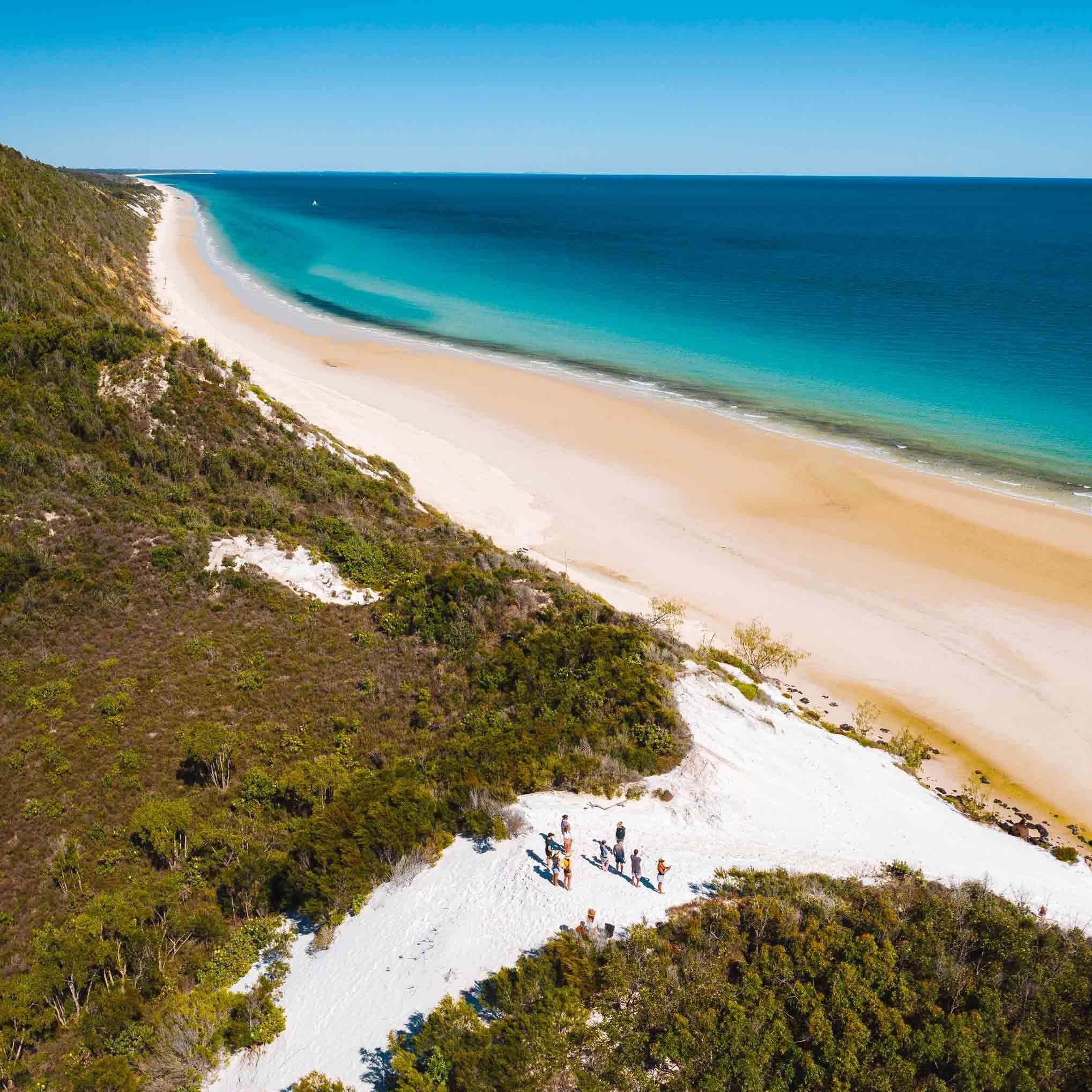
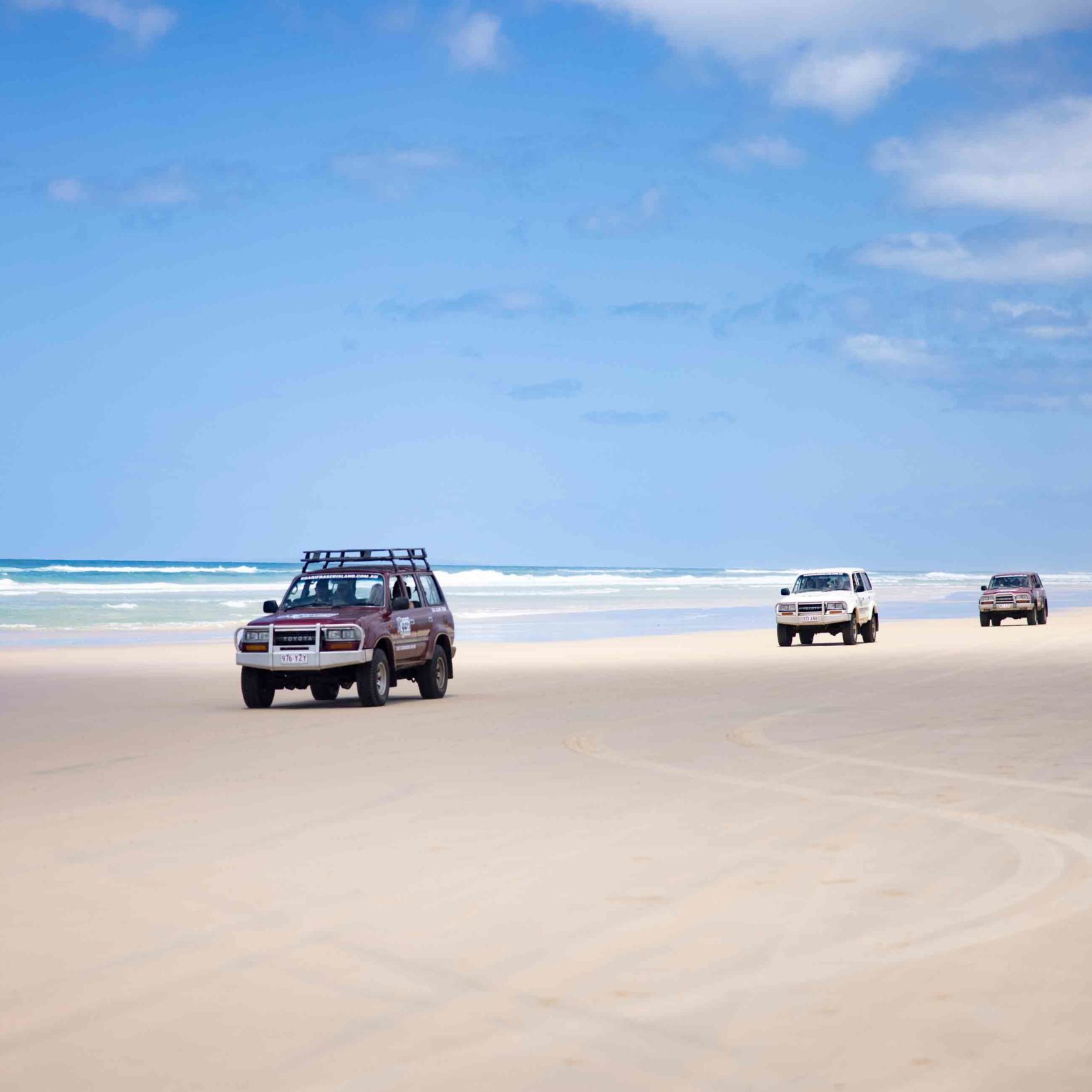
Left: K’gari, the world’s largest sand island, attracts many visitors each year, exacting a toll on the fragile environment.
Right: Four-wheel-driving on the beach is a popular visitor pastime on K’gari. A bushfire review recommends using number plate recognition systems to oversee visitor numbers.
Professor Patrick Moss, a biogeographer at The University of Queensland, says the scale of the fires and their timing outside of the traditional fire
season is concerning. With climate change, they may be a harbinger of things to come. “If it’s a one-off event, I think things can recover, but if this becomes the new normal, it’s going to be a major issue,” he says. Although the island’s post-fire regeneration is encouraging, new vegetation is particularly vulnerable to the disease myrtle rust, which is already “rife” on the island, Patrick adds. Spread by microscopic airborne spores, myrtle rust can have a “catastrophic” effect on plants in the Myrtaceae family, such as paperbarks and midgen berry. “One of the issues [associated with] killing that vegetation type is that it’s going to increase fuel loads as well,” Patrick says. Bare landscapes also boost the odds of invasive weeds and pests becoming established.
The fragile environment faces other existential threats, one of the biggest being mass tourism. There are no authoritative figures on the number of visitors each year, but it’s believed to be somewhere between 400,000 and 600,000, and every single one of them churns up an average of 1 tonne of sand, according to the Fraser Island Defenders Organisation. The use of technologies such as automatic number plate recognition systems and mobile phone check-in applications to gain a more complete picture of visitor numbers is another recommendation contained within the recent K’gari (Fraser Island) Bushfire Review.
Fire ecologist Dr Philip Stewart says the number of visitors needs to be capped and their activities constrained to preserve the structure of the environment. “The environmental values that we have are astronomical here,” he says. “And we’re going to lose it very, very quickly if we don’t start to realise that the environment doesn’t owe us anything.”
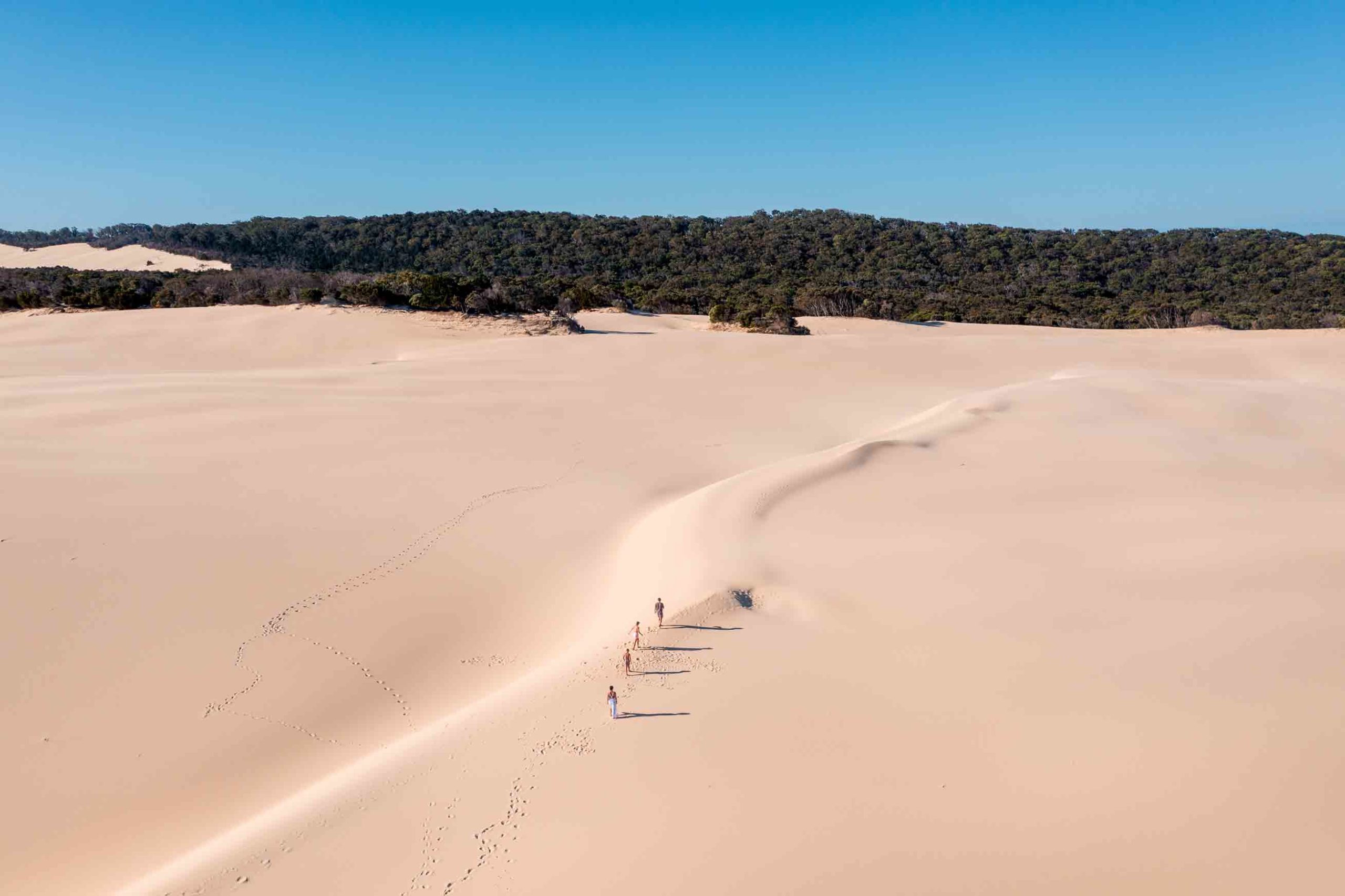
The largest sand island in the world, K’gari (Fraser Island) sits just off the coast of southern QLD.
How to Explore K’Gari
Stretching more than 123km along the coast of southern Queensland, K’gari (Fraser Island), at 1840sq.km, is the largest sand
island in the world. It’s a place of exceptional beauty, with long uninterrupted white beaches flanked by strikingly coloured sand cliffs, majestic rainforests and numerous crystal-clear freshwater lakes. The island also has barrage lakes, formed when moving dunes block a water-course, and window lakes, formed when a depression exposes part of the regional water table. A surprising variety of vegetation grows on the island, ranging from coastal heath to subtropical rainforests.
THE ESSENTIALS
WHERE: K’gari is 250km north of Brisbane.
WHEN: Summers can be humid, but the island is popular all year round.
HOW: Regular ferries depart from River Heads (Hervey Bay) and Inskip Point (Rainbow Beach).
DON’T MISS: Drifting down Eli Creek on a floatie.
